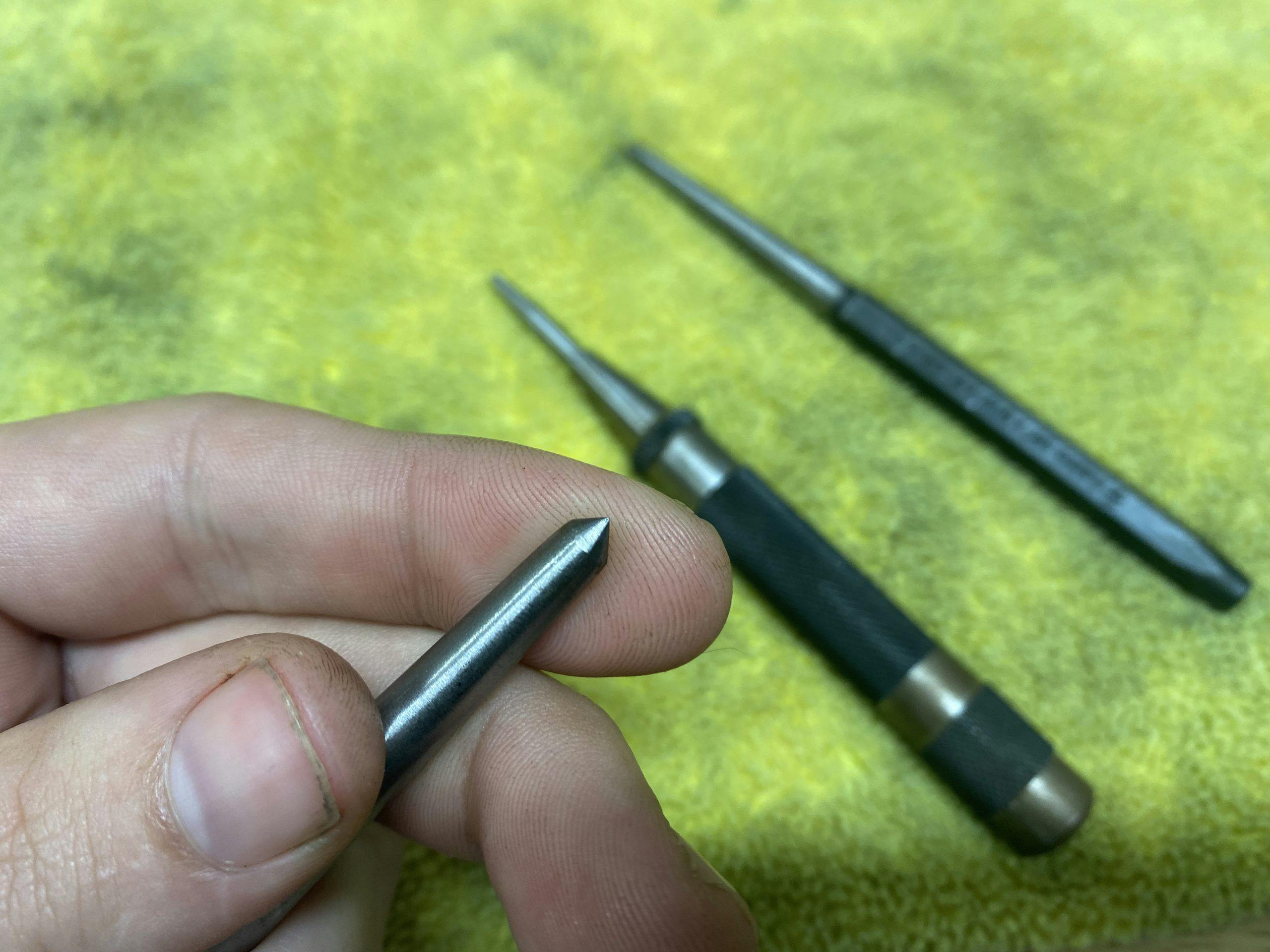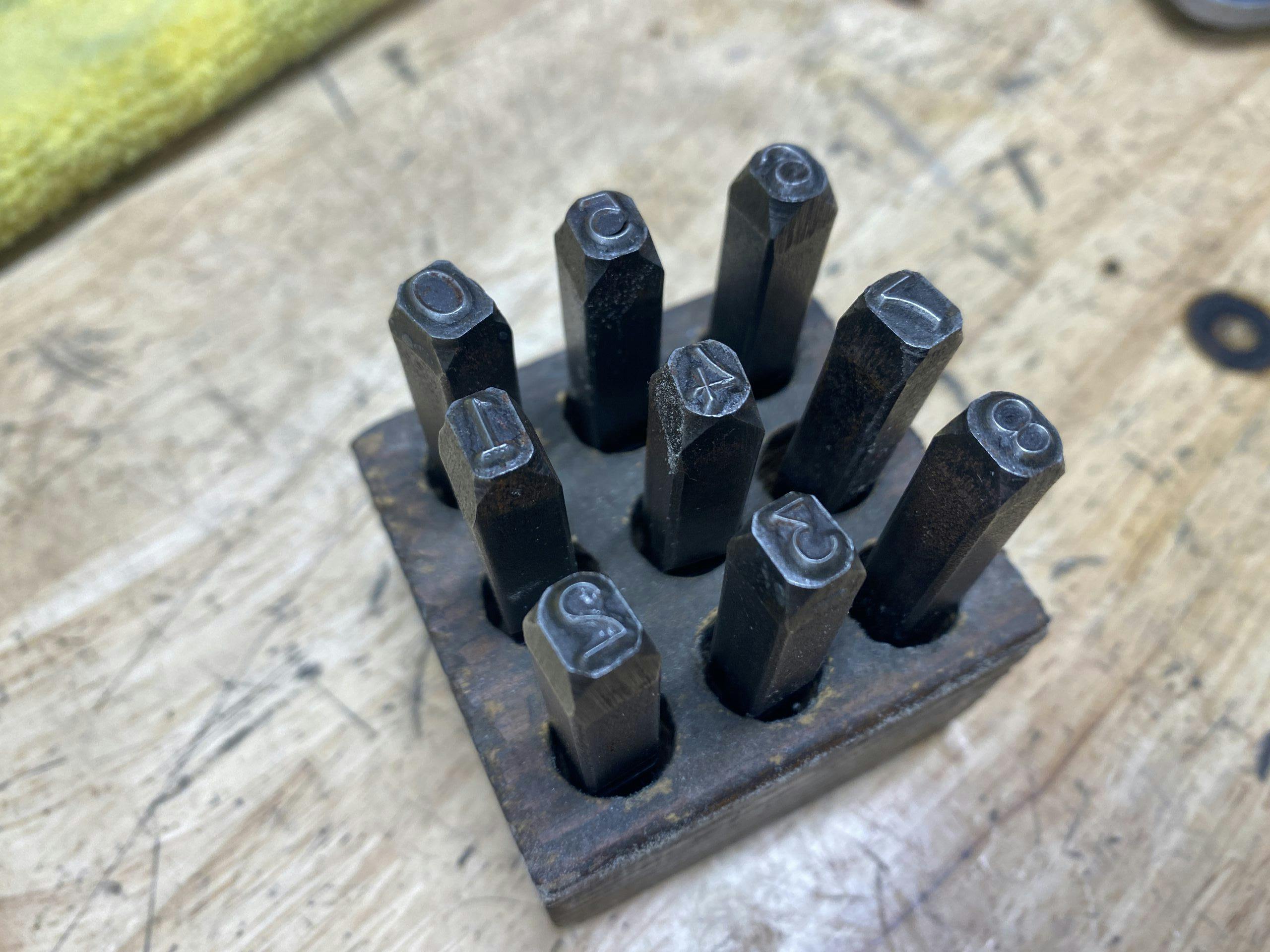Media | Articles
5 types of punches you need in your toolbox
Of all the things I didn’t think the DIY automotive world would share with the boxing realm, it would be punches. I’m a lover of vintage cars, not a fighter, so this article will be less uppercuts and jabs, more drift and center. Anyone who has done any amount of DIY work has likely improvised a punch from a ratchet extension, bolt, or screwdriver. Shame on you. It’s always best to use the proper tool for the proper job.
Let’s take a look at the five punches that anyone who spins wrenches should keep on hand.
Center punch
The most delicate of the tools designed to be hit with a hammer, the center punch is usually considered extraneous. Get in the habit of using one, however, and you’ll question how you ever did without it.
A center punch has a wide-angle, tapered point on the business end that, when placed on material and struck with a hammer, will put a small, precise dent in it. Use a center punch to knock a small indent into metal before drilling into it, and the drill bit will no longer wander when starting.
You can also use a center punch to outline a template on material that won’t accept a pencil or marker. Lay your template onto the material and then lightly tap the punch at critical locations to leave divots that you can use as reference points. Combine with a scribe (and machinist dye for bonus pro points!), and you’ll have a tidy outline that will not fade or disappear as you work.
Marketplace
Buy and sell classics with confidence
Taper punch
The name gives this one away. The shank of a taper punch slims from a larger diameter to a smaller one at the critical end. These are sized according to the diameter of the striking face. Taper punches should be used for moving components that require percussive persuasion—a stuck pin, for example. Choose the diameter of punch that provides the best purchase on the problematic fastener, and tap away knowing that shank’s taper protects the punch from bending. Once the piece your are striking starts to yield, progress to a …
Pin punch
This is a taper punch without the taper. The constant diameter of the shank allows this punch to chase a bolt all the way through a workpiece. However, the slim shank of a pin punch makes it more likely to bend with an off-center or careless hammer strike, so be sure to only use these punches when they fit the task—especially the small-diameter ones.
Pin punches can help align components or prevent a gasket from shifting underneath a part. Whatever your task, these punches are best suited for use with a small hammer. If you want to use the big hammer, you need a …
Drift (preferably brass)
On the opposite end of the delicacy spectrum is the drift punch, a slug of metal used to make things move with authority.
While you can buy drift punches made of tool steel, I don’t typically recommend them to most DIY folks, because tool steel is so hard that it can mangle just about any casting or piece. Instead, pick up a set of brass drift punches. This metal is softer and thus less likely to mar your material if it moves unexpectedly or if the drift slips.
Brass is also non-sparking, both when struck by a hammer and when contacting a work surface. For most of us, sparks are not a concern 99 percent of the time, but when spark resistance matters, it matters. When working in proximity to a gas tank or close something that may have a decent amount of brake cleaner on it, you can’t afford mistakes.
Letter or number stamps
The last set may seem less utilitarian than the others, but ever since I added number stamps to my shop, I’ve found them to be endlessly handy. After marking spare parts and making identification or reference marks on engine builds, they’ve become some of my favorite tools. You can even use them to marking tools or important pieces so they don’t walk off and live permanently in your “friend’s” shop.
That’s five punches that make a tidy and hardworking kit for most do-it-yourselfers to knock out (get it?) any project they might tackle. Think there is one more I’m missing? Leave it as a comment down below.
Check out the Hagerty Media homepage so you don’t miss a single story, or better yet, bookmark us.






























Can’t tell you how many times during my early years working in a machine shop as a model maker I needed and used these various punch’s. Great article and reminder.
Good reminder of tools we took for granted
Neat collection of punches here but yes Fruit Punch – to hide the rum is the winner here.
Just don’t use an umbrella.
Good grief! I beat you to the punch!
Really good and useful article. As a retired metal shop teacher, I will mention one more type of punch. It is called a “prick punch”, a close cousin of the center punch. The difference is that the center punch is ground to a 90 degree included point, the prick punch is ground to a 60 degree angle. Why? Use the prick punch with a light hammer blow for a small starting dent. If your dent is slightly off, it is much easier to correct with a slight tilt to the punch and a few taps of the hammer. Finish with a center punch using a more forceful hammer strike to make a larger dent that will hold the drill bit better. Hope this is helpful.
Don’t see a set of “Roll Pin” Punch
Yes, seldom thought of tools that most of us just think of as givens in our tool chest. As the years accumulate behind me and my waistline accumulates in front of me, these tools are most handy to expand some of my favorite leather belts.
I really enjoyed your sense of humour about your girth.
What about the abused screw driver……. it will punch out a lots of things
Yes I a girl and I have several hole Punch’s laying around !!!
When ever I see a tool recommended I put it on my Harbor Freight list. Eventually I’ll wind up using it.